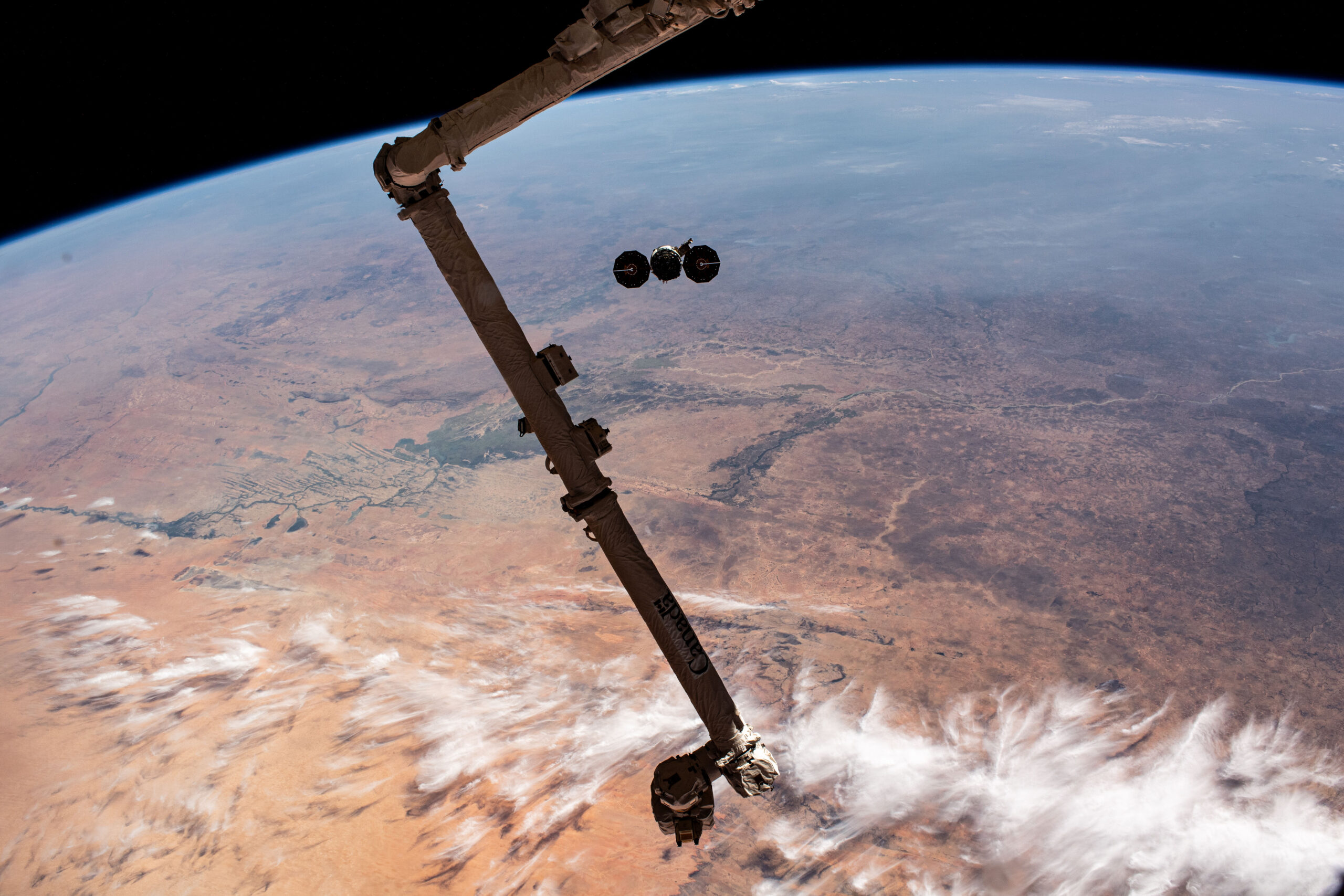
All three active SpaceX launch sites on the East and West Coasts will be in service over the next three days, as the Hawthorne, Calif.-headquartered organization prepares for a final salvo of three back-to-back Falcon 9 missions to wrap up its first ten-launch calendar month and its first four-launch month out of Vandenberg Space Force Base, Calif. A pair of boosters with 25 prior flights between them will launch multiple Starlink low-orbiting internet communications satellites from Florida and California on Sunday night, followed by the first Falcon-ferried mission of a Northrop Grumman Corp. Cygnus cargo ship—heading for a three-month-plus berth at the International Space Station (ISS)—on Tuesday afternoon.
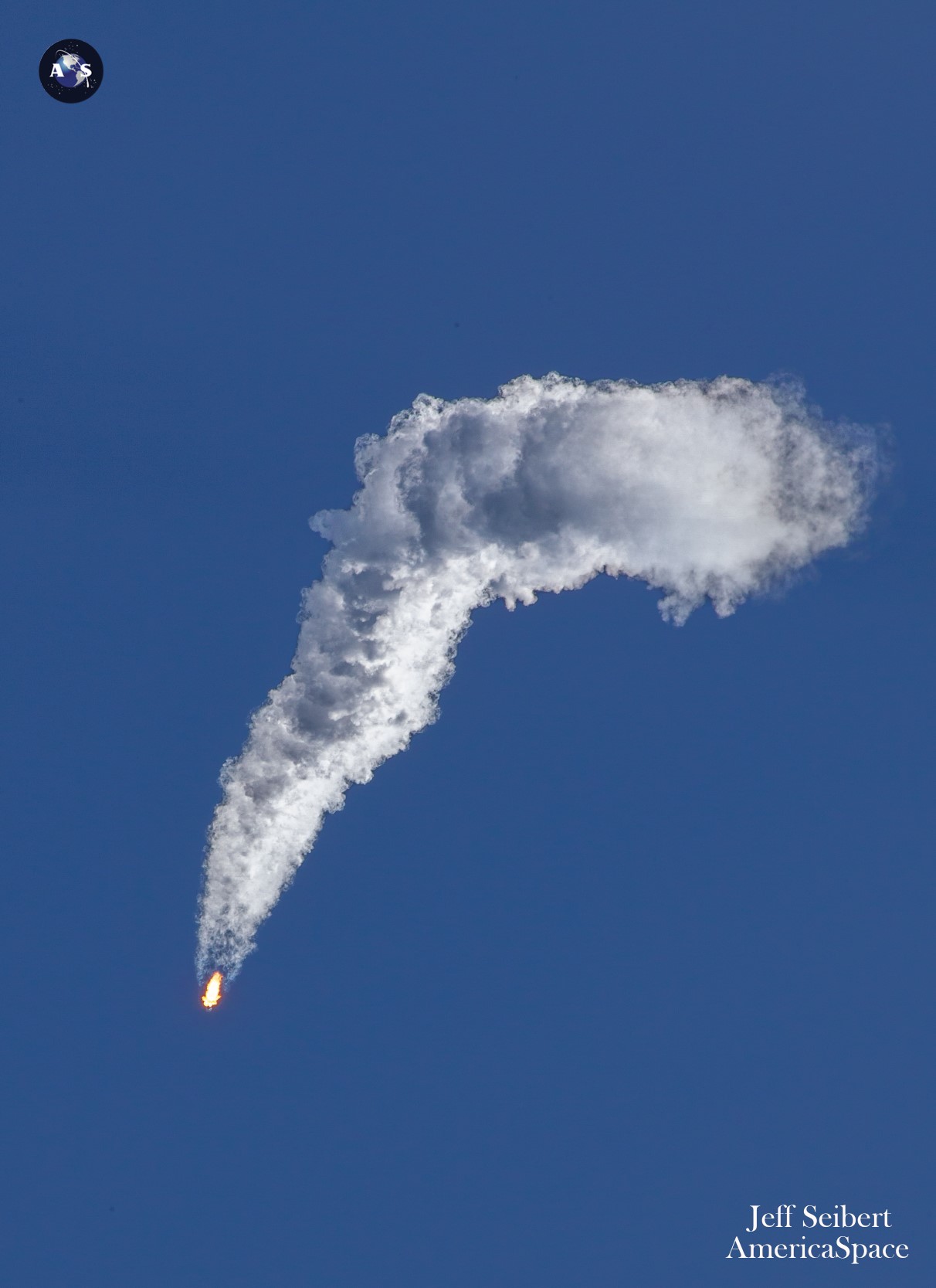
Kicking off tonight’s proceedings is seasoned veteran B1062, tracking a Florida liftoff from the Kennedy Space Center’s (KSC) historic Pad 39A during an expansive “window” which opens at 6:15 p.m. EST and closes at 9:55 p.m. EST. Should weather or technical woes interfere with tonight’s launch attempt, a raft of backup opportunities are also available on Monday evening, opening at 5:39 p.m. EST.
It will be B1062’s 18th mission, positioning her jointly in first place with her life-leading Vandenberg sister B1061 as the most flight-seasoned boosters in active operational service, after last month’s untimely loss of historic B1058 following her 19th flight. B1062 entered service back in November 2020, when she lifted the fourth Block III Global Positioning System (GPS III-04) navigation and timing satellite to Medium Earth Orbit (MEO) for the U.S. Space Force, followed by GPS III-05 in June of 2021.
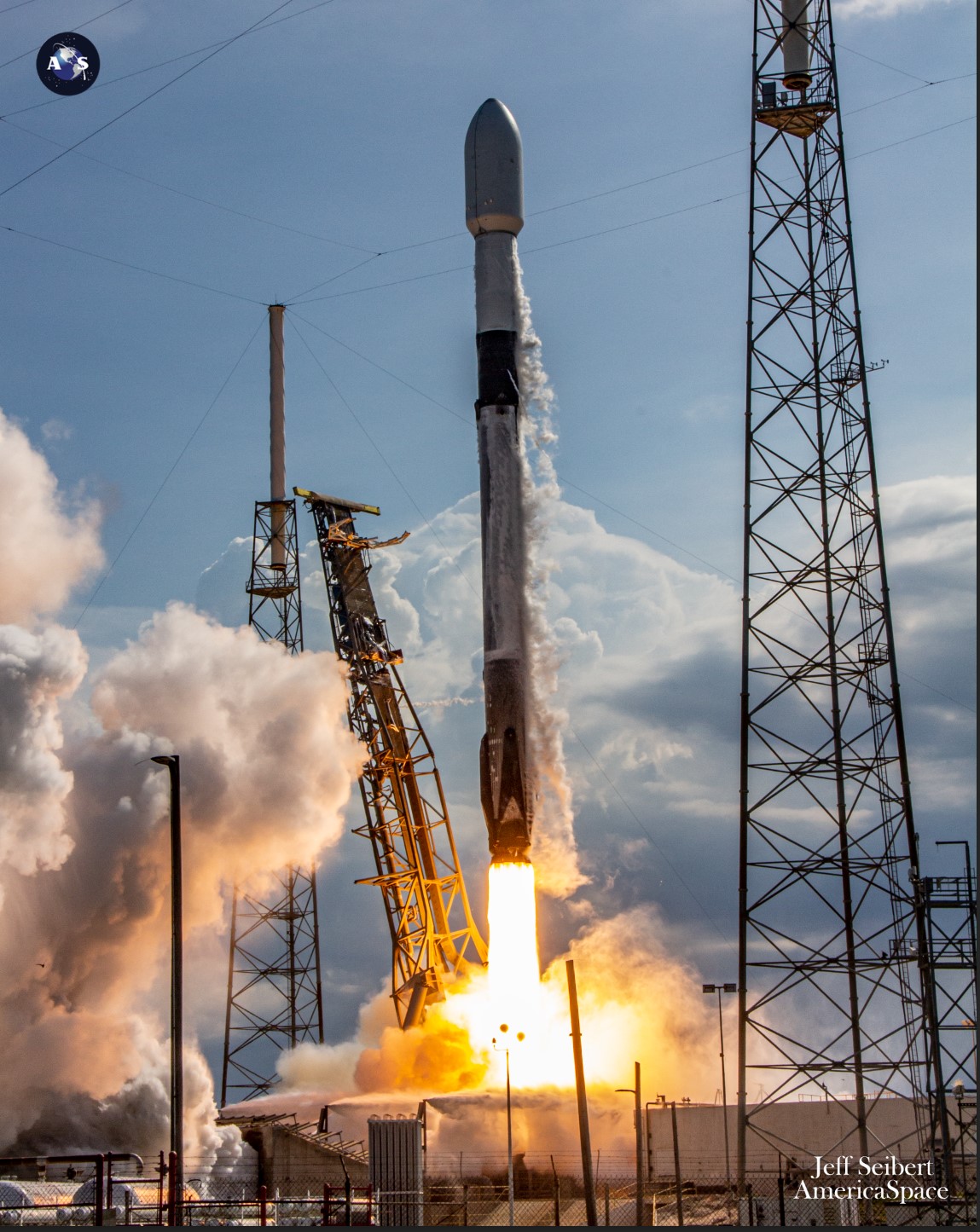
During 2022, she recorded no less than eight missions, the highest ever recorded by a single Falcon 9, notably flying twice in April of that year alone and setting a new empirical record (still unbroken) of only 21 days between flights by the same orbital-class booster. B1062 is among just a handful of vehicles to have launched two crews of humans, having flown the historic, all-civilian Inspiration4 crew of Shift4Payments billionaire Jared “Rook” Isaacman, Sian Proctor, Chris Sembroski and Hayley Arceneaux in September 2021 as well as launching Ax-1 astronauts Mike Lopez-Alegria, Larry Connor, Mark Pathy and Eytan Stibbe on the first all-private ISS mission by AxiomSpace, Inc., in April 2022.
Added to those impressive credentials, B1062 also lofted 438 Starlinks on ten missions, together with a pair of geostationary-bound communications satellites—Egypt’s Nilesat-301 in June 2022 and Saudi Arabia’s Arabsat-7B (also known as BADR-8) last May—and 40 broadband satellites for London, England-based OneWeb. An on-time liftoff tonight will see B1062 deliver 23 Starlinks, totaling 40,600 pounds (18,400 kilograms), into orbit, with deployment expected about 65 minutes into the flight.
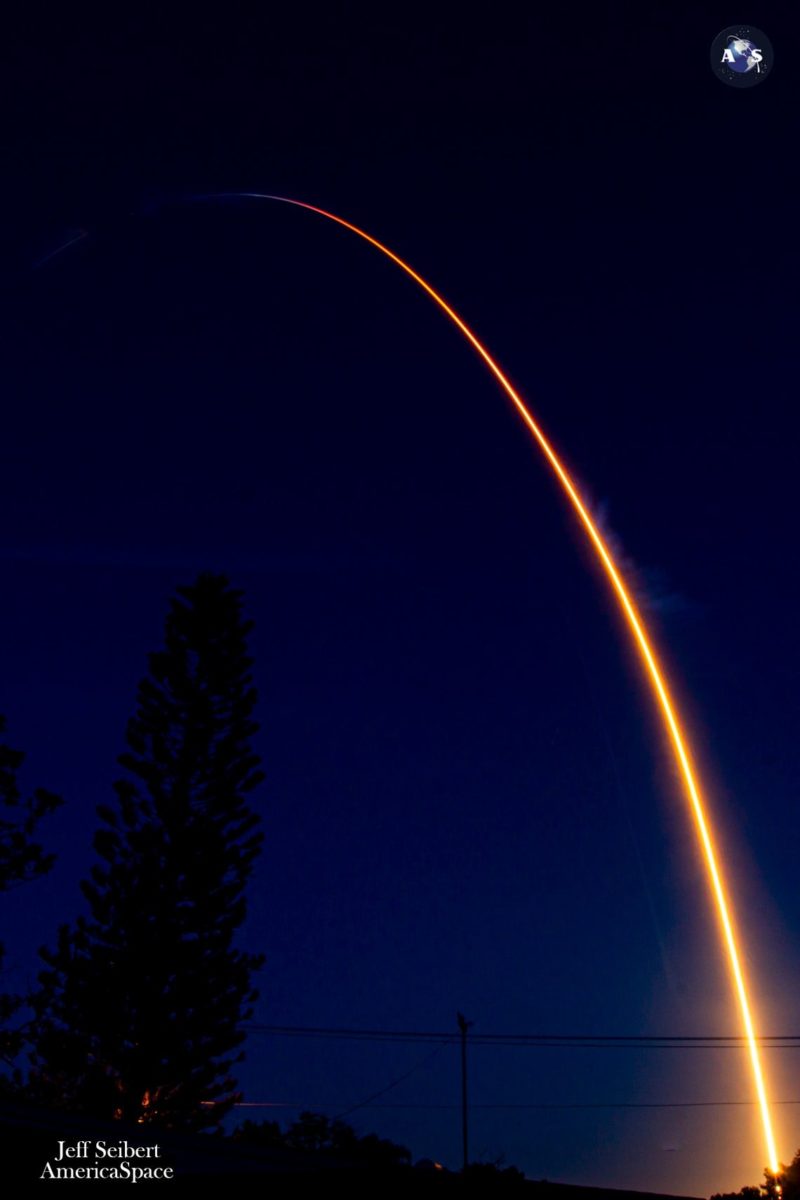
Attention will then turn to Vandenberg’s Space Launch Complex (SLC)-4E, which has already seen a rapid tempo of three missions already in recent weeks as January looks set to close as SpaceX’s first four-launch month from the West Coast. Eight-times-flown B1075 is aiming for liftoff during a four-hour window of opportunities from 6:16 p.m. PST through 10:03 p.m. PST, with backup availabilities opening at 5:49 p.m. PST Monday.
Having entered the Falcon 9 fleet a year ago, B1075 flew eight times in 2023, pushing uphill over 200 Starlinks, a pair of “reflector” satellites in support of Germany’s SARah radar-imaging surveillance constellation and the first Tranche 0 Transport and Tracking Layer (TTL) mission for the Space Development Agency (SDA). For her ninth mission tonight, she will deliver 22 Starlinks uphill and bring January’s total number of these flat-packed satellites emplaced into orbit to over 150.
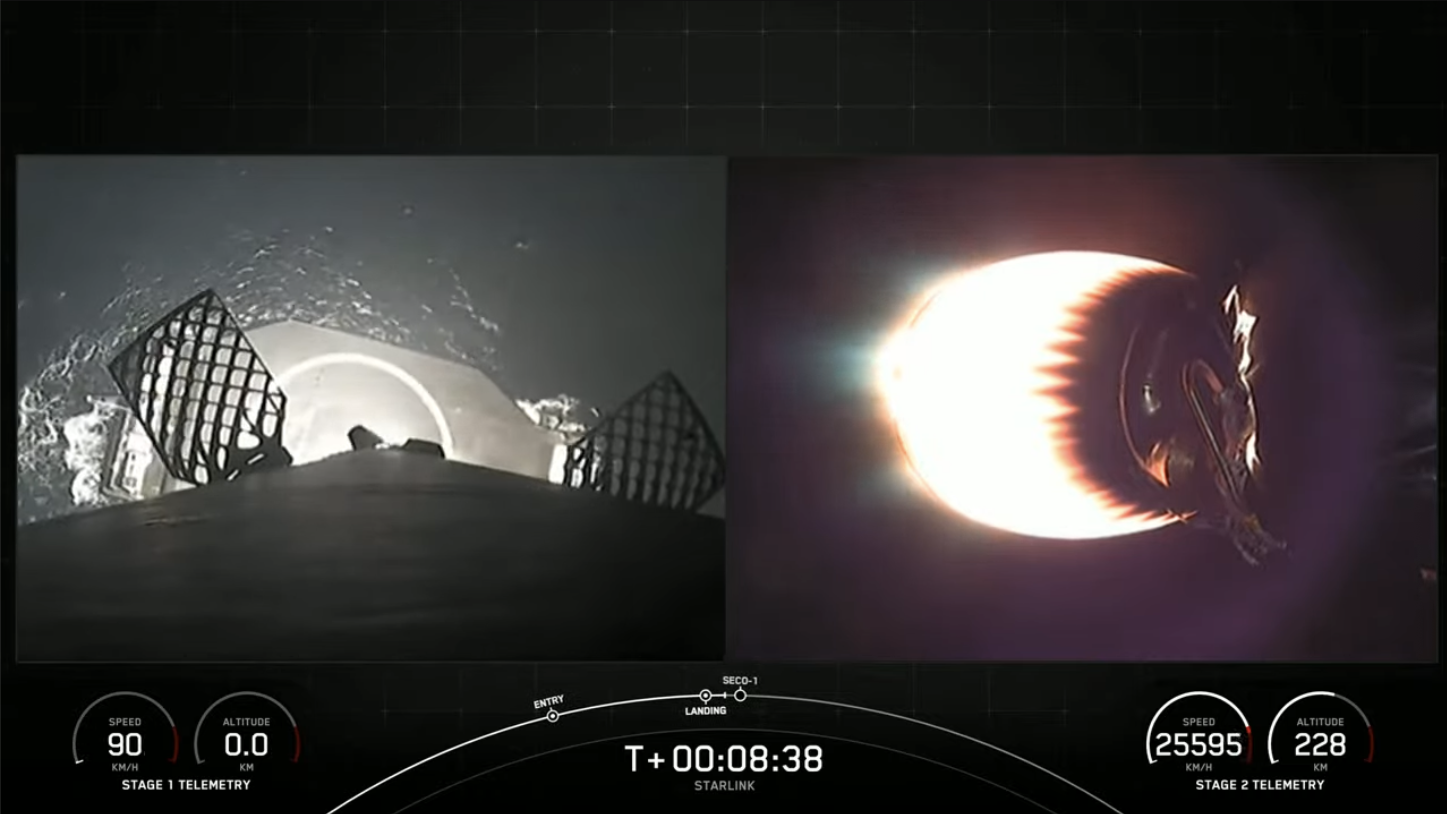
As a network, Starlink enables high-speed and low-latency internet provision across 70 sovereign nations and international markets in North and South America, Europe, Asia, Oceania and Africa. Landlocked Eswatini—formerly Swaziland—in southern Africa, together with Honduras and Paraguay joined Starlink last month.
January will thus end with seven Starlink-laden Falcon 9 missions, including the deployment of SpaceX’s first six “Direct-to-Cell” satellites which permit mobile network providers to offer “seamless global access to texting, calling and browsing”, whether “on land, lakes or coastal waters”, without changing hardware or firmware. Earlier this month, SpaceX teams sent and received their first text messages via Direct-to-Cell a mere six days after launch.

The downsized Starlink “V2 Mini” satellites, first flown in February of last year, boast three to four times greater “usable” bandwidth than earlier Starlink iterations. “V2 Minis include key technologies—such as more powerful phased-array antennas and the use of E-Band for backhaul—which will allow Starlink to provide 4x more capacity per satellite than earlier iterations,” SpaceX explained. “Among other enhancements, V2 Minis are equipped with new argon Hall thrusters for on-orbit maneuvering.”
Florida-based intercity operator Brightline adopted Starlink on its trains earlier in 2023, the first passenger rail service in the world to do so. Additionally, El Salvador’s Ministry of Education has begun integrating Starlink capability into its schools to help close the digital divide between urban and remote rural communities and 50 Rwandan schools are now connected via Starlink’s high-speed internet service.
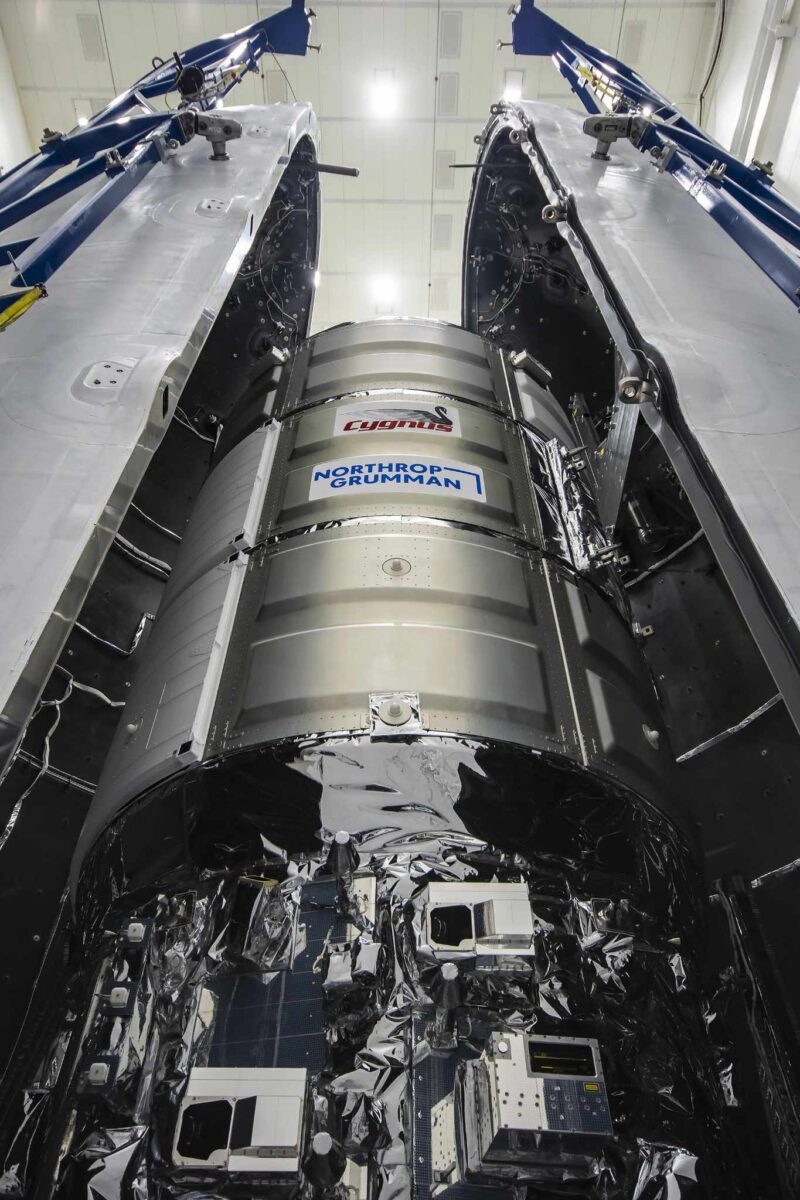
In readiness for tonight’s launches, a pair of Autonomous Spaceport Drone Ships (ASDS)—“A Shortfall of Gravitas” on the East Coast and “Of Course I Still Love You” on the West—put to sea out of Port Canaveral and Port of Long Beach, respectively, last Friday, targeting recovery positions in the Atlantic and Pacific Oceans. If both missions go ahead, they will bring to a record-tying nine the total number of Falcon 9 launches in January and B1075’s flight is expected to mark the first four-launch month out of Vandenberg.
A tenth mission sits on the horizon for January’s second-to-last day, as nine-flight veteran B1077 is readied as the first Falcon 9 to lift Northrop Grumman Corp.’s Cygnus cargo ship and over 8,200 pounds (3,700 kilograms) of equipment, payloads and supplies to the space station and the incumbent Expedition 70 crew. Launch of this historic mission from storied Space Launch Complex (SLC)-40 at Cape Canaveral Space Force Station, Fla., is targeting an “instantaneous” T-0 at 12:07 p.m. EST Tuesday, having been postponed from its original Monday date.
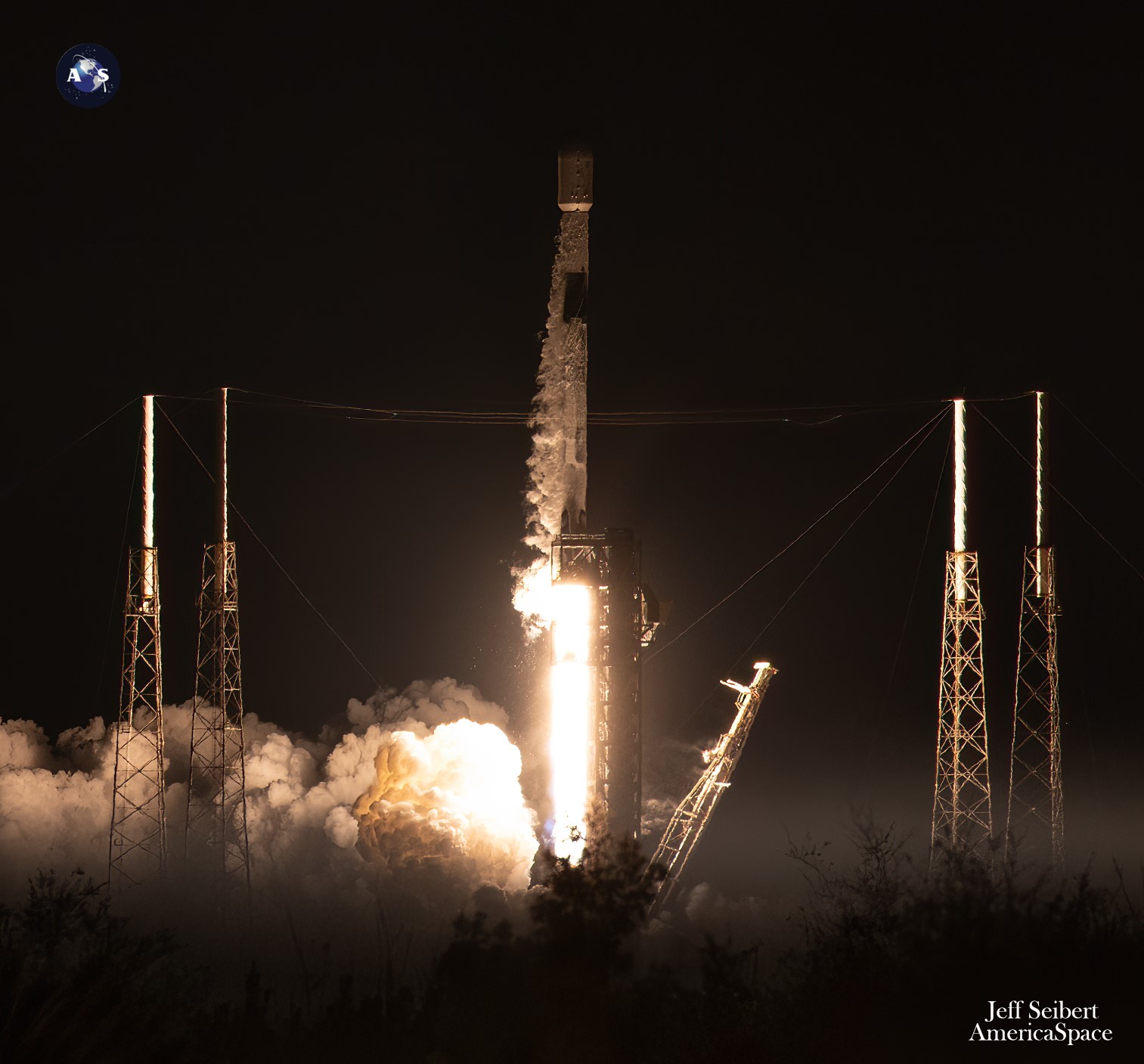
After launch, B1077 will aim for the third touchdown of the month on solid ground, alighting on Landing Zone (LZ)-1 at the Cape. She has an impressive flight pedigree, having entered service back in October 2022 to fly NASA astronauts Nicole Mann and Josh Cassada, Japan’s Koichi Wakata and Russian cosmonaut Anna Kikina to the ISS for their five-month Expedition 68/69 increment.
Since then, she picked up a full plate of 2023 missions, launching over a hundred Starlinks on three flights between March and December, plus the U.S. Space Force’s latest Block III Global Positioning System (GPS) spacecraft in January, the geostationary-bound Inmarsat 6-F2 and Galaxy-37 communications satellites and last June’s CRS-28 Cargo Dragon to the ISS. Her octet of flights saw her in October 2022 form half of a pair of boosters which established a new record—now repeatedly broken—of just nine hours and ten minutes between two Falcon 9 flights. And having helped close out SpaceX’s first-ever eight-launch month last March, she now looks set to do likewise for its first ten-launch month.
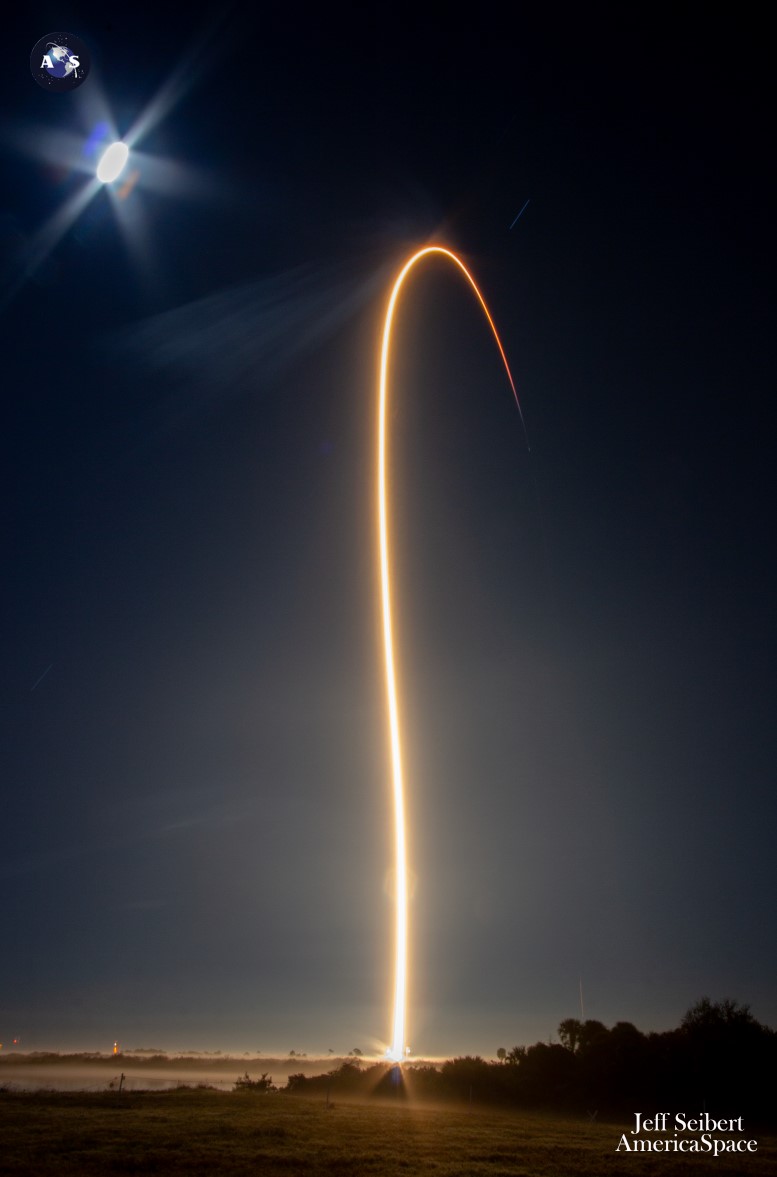
Ten launches in a single calendar month—a flight rate of a mission every 3.1 days—is close to where SpaceX needs to be in order to achieve its oft-stated goal of up to 144 flights before the next New Year’s Eve bell tolls. Record-breaking 2023, which saw 96 launches by “single-stick” Falcon 9s and triple-barreled Falcon Heavies, flew a mission roughly every 3.8 days, although monthly rates hovered between six flights last February and as many as nine flights for each consecutive month since August.
Attaining nine or ten monthly launches across the entirety of 2024 positions SpaceX favorably to hit between 108 and 120 missions this year, if a quick back-of-the-envelope extrapolation is anything to go by. But judging from 2022, where launch rates sprang to six monthly flights for the first time in April and seven by December, and 2023, which saw further hikes to eight in March and nine since August, it remains to be seen how substantially SpaceX might push the pace before the end of the year.





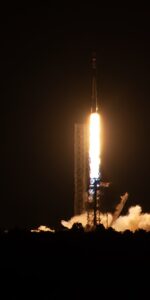
2 Comments
Leave a Reply2 Pings & Trackbacks
Pingback:SpaceX Successfully Launches, Lands Falcon 9 Double-Header Missions - AmericaSpace
Pingback:SpaceX Successfully Launches, Lands Falcon 9 Double-Header Missions - SPACERFIT